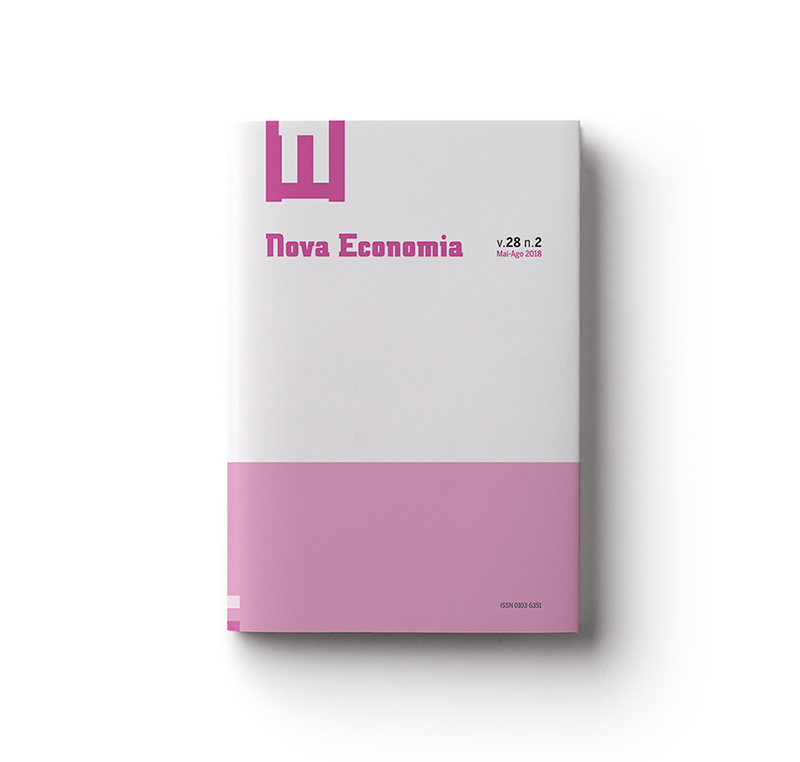S. A. Fábrica Votorantim and the São Paulo's textile sector (1918-1939)
the paths that led the group from bankruptcy to the industrial leadership
Abstract
Understanding the Brazilian economic groups presents a gap, especially in understanding how these groups were formed in the first half of the twentieth century. The Votorantim Group, eighth largest Brazilian group in 2007, emerged in the late nineteenth century, but gained its business definition in 1918, when it was acquired by businessman Antonio Pereira Ignacio. In the 1920 and 1930s, the major undertaking of Sociedade Anônima Fábrica Votorantim (SAFV) was a textile factory, located in Sorocaba (SP), close to the other group undertakings (railway, lime and cement, sale of land, hydroelectric power plant). Analyzing primary sources of SAFV (balance sheets, profit and loss statements, management reports) and surveys on the São Paulo industry, we noted its evolution to become the biggest textile company in the state of São Paulo in the 1930s, progress based on three factors: its constitution as a business group, its family management and its links to the São Paulo’s financial sector.
Downloads
Published
How to Cite
Issue
Section
License
Authors who publish with this journal agree to the following terms:
- Authors retain copyright and grant the journal right of first publication with the work simultaneously licensed under a Creative Commons Attribution 4.0 International License that allows others to share the work with an acknowledgement of the work's authorship and initial publication in this journal.
- Authors are able to enter into separate, additional contractual arrangements for the non-exclusive distribution of the journal's published version of the work (e.g., post it to an institutional repository or publish it in a book), with an acknowledgement of its initial publication in this journal.
- Authors are permitted and encouraged to post their work online (e.g., in institutional repositories or on their website) prior to and during the submission process, as it can lead to productive exchanges, as well as earlier and greater citation of published work (See The Effect of Open Access).




